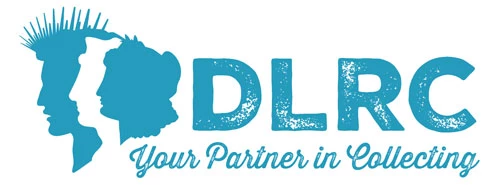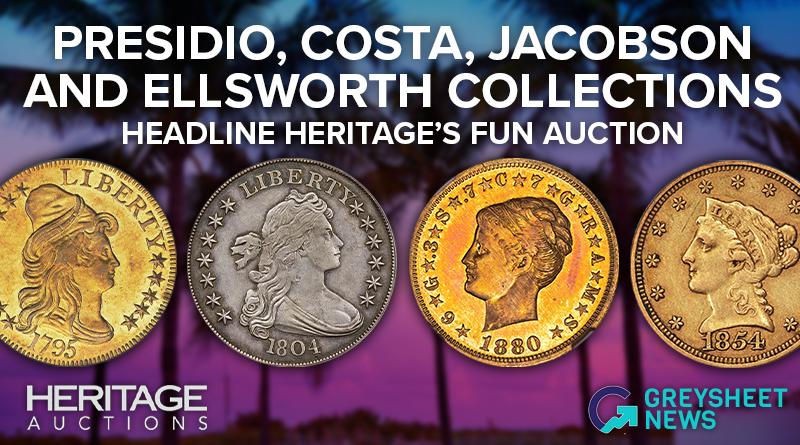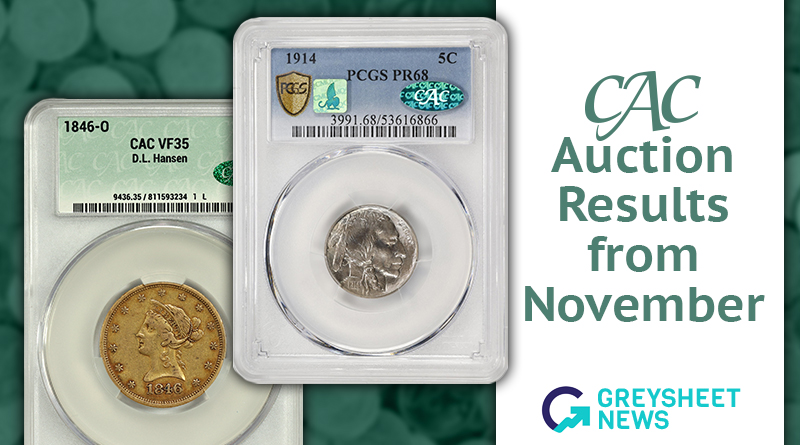Greysheet & CPG® PRICE GUIDE
- U.S. Coins /
-
Foreign Coins in the American Colony Values
About Foreign Coins in the American Colonies
Money had a rich history in America prior to the advent of the United States’ national coinage. When coins tumbled off the presses from the first Philadelphia Mint in 1793 the country was much more accustomed to coins from other lands. Prior to 1652 there was no local coinage and the only money in circulation was whatever came here from Europe through trade or travel. People were content to use currency, both old and new, whose value was based more on the metal content than on the issuer’s reliability. Foreign money in America during the colonial period had become so embedded that it continued to be accepted as legal tender until discontinued by the Coinage Act of February 21, 1857. Coins of this era are so fundamental to American numismatics that every collection should include at least a sampling.
From the Greysheet Marketplace
Buy Now: $100.00
Buy Now: $41.63
Buy Now: $1,526.25
Buy Now: $3,695.00
Buy Now: $22,500.00
Buy Now: $3,006.25
Buy Now: $3,145.00
Buy Now: $83.25
Buy Now: $74.00
Buy Now: $58,275.00
Related Stories (powered by Greysheet News)
View all newsLegal Disclaimer
The prices listed in our database are intended to be used as an indication only. Users are strongly encouraged to seek multiple sources of pricing before making a final determination of value. CDN Publishing is not responsible for typographical or database-related errors. Your use of this site indicates full acceptance of these terms.










 Loading more ...
Loading more ...

















